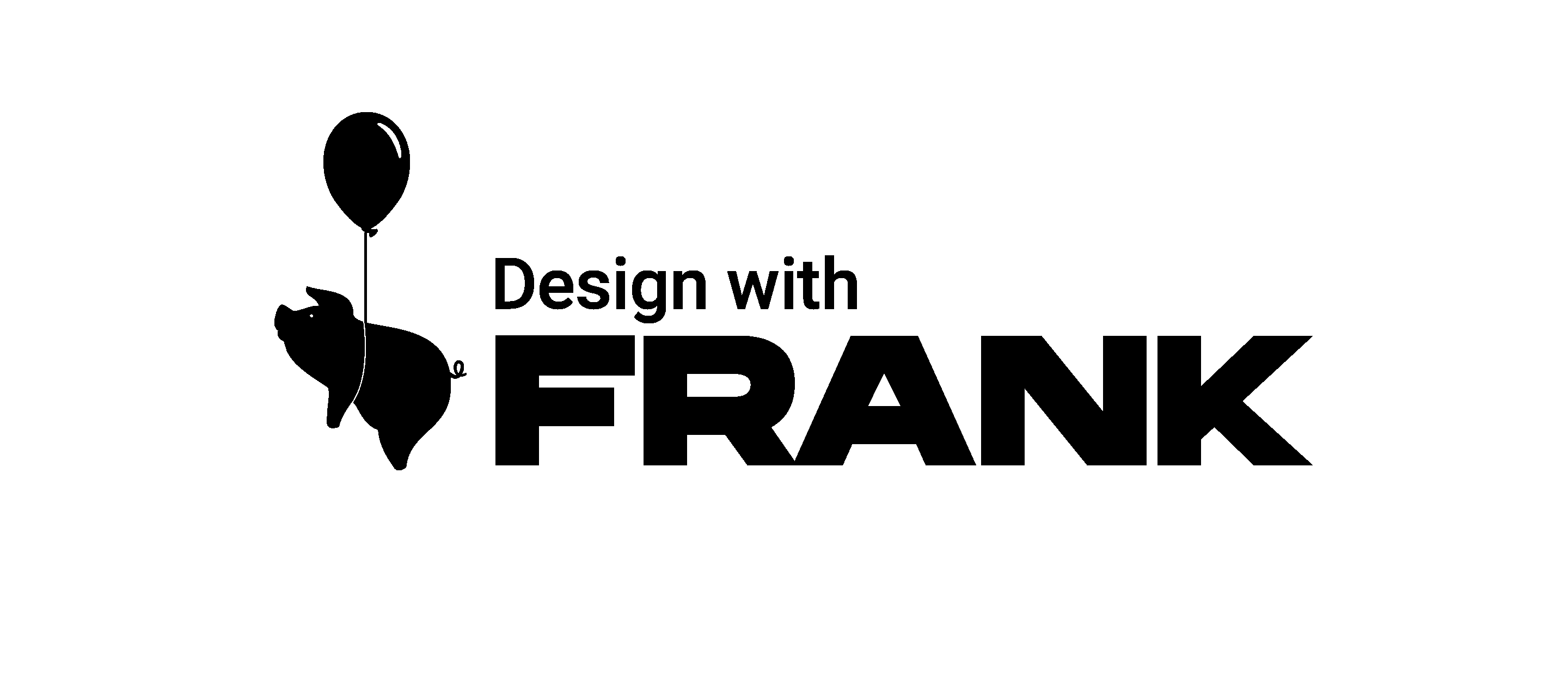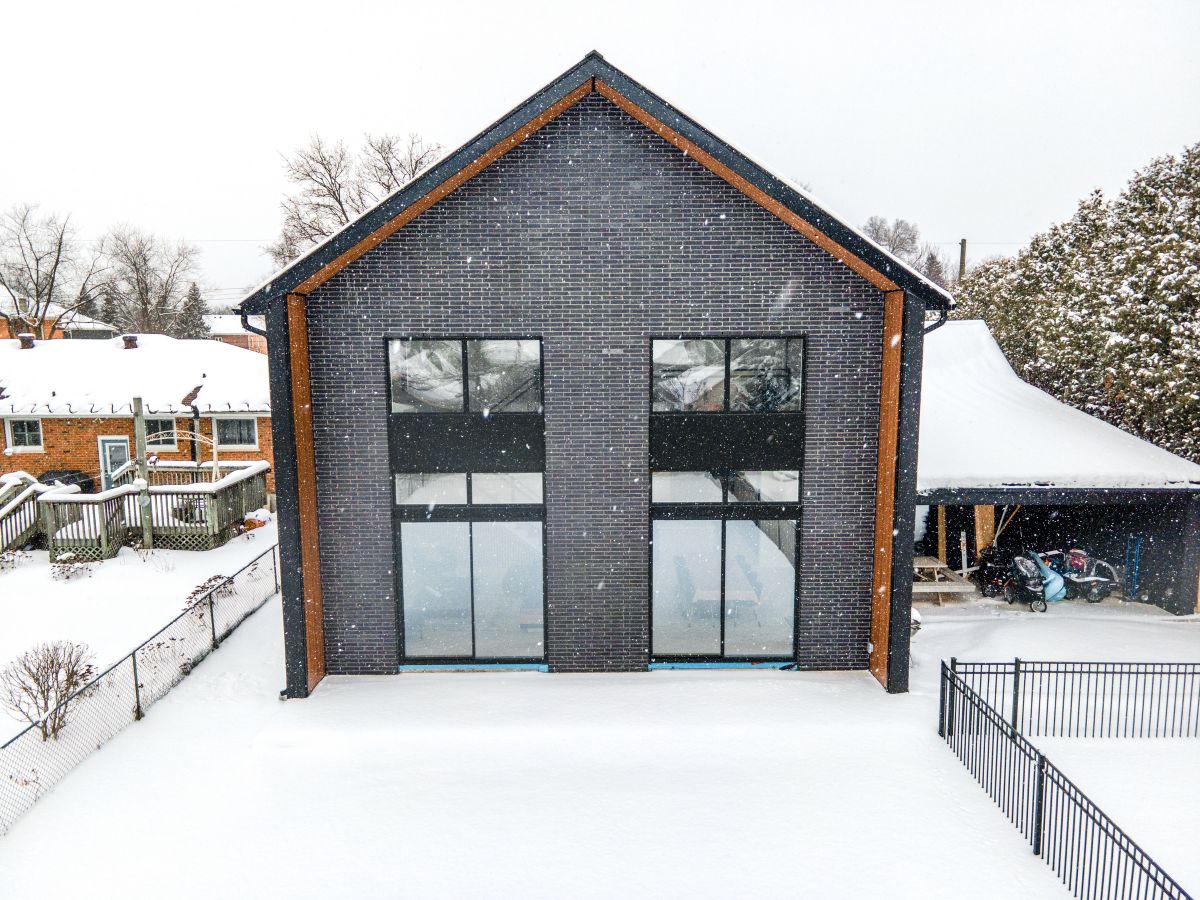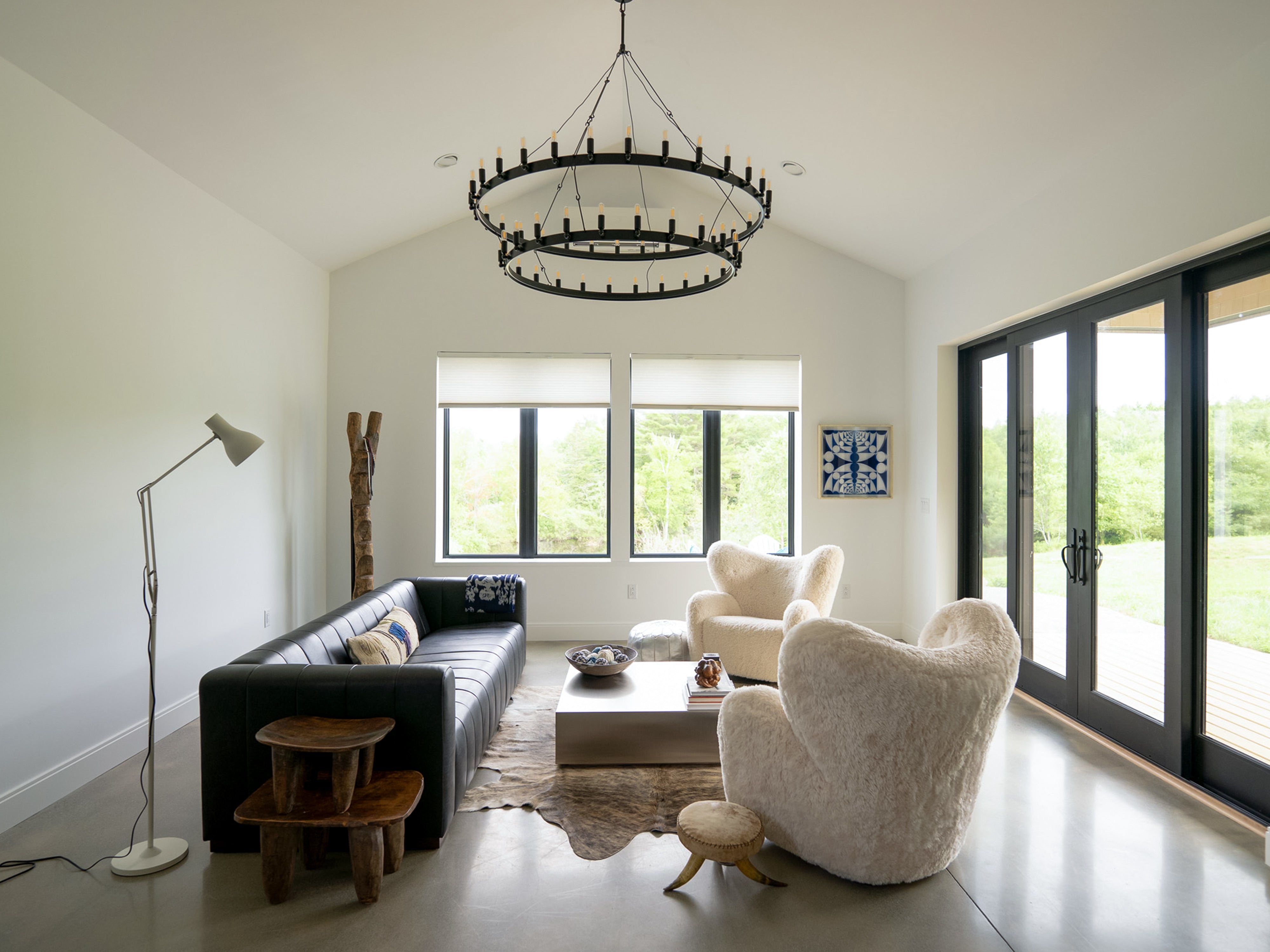Construction projects can be delivered in several ways, and each method affects cost, speed, and quality differently. We’ve summarized the main approaches and cost structures to help you decide what works best for your goals. Think about what matters most for your project—whether it’s saving money, finishing quickly, or achieving the highest quality. This guide will help you understand each method and choose the one that fits your needs.
What is the best delivery method for my construction project?
1. Design–Bid–Build (DBB)
This is the most traditional and widely used method. It prioritizes cost control and requires the client and architect/designer to complete the design before construction begins.
The contractor will need a clear and detailed set of construction drawings to provide accurate bids. Typically, the goal is to send the drawings to at least three bidders, general contractors and key trades, and select the best price for the defined scope of work.
The contractor will need a clear and detailed set of construction drawings to provide accurate bids. Typically, the goal is to send the drawings to at least three bidders, general contractors and key trades, and select the best price for the defined scope of work.
Because this method depends on a fully defined design and scope, it tends to be the slowest. The architect, engineers, interior designers, and consultants all need adequate time to finalize their documents.
Our Building Plans provide a strong advantage here—they include detailed drawings that offer a head start when both time and cost are priorities.
Our Building Plans provide a strong advantage here—they include detailed drawings that offer a head start when both time and cost are priorities.
How do I compare multiple contractor bids fairly?
Note: When reviewing bids, it’s essential to ensure that they are 'apples to apples.' To achieve this, look for consistency in specifications, scope, and exclusions across all bids. Verify that each bid includes the same type of equipment, materials, and services to get a true comparison.
For example, I recently helped an owner compare HVAC bids from three contractors. Each bidder initially proposed different equipment: one a high-efficiency heat pump system, another a traditional furnace and AC setup. We met with each contractor to align specifications, such as the same SEER rating, the same type of system, and similar performance. This made cost comparisons straightforward and revealed real differences in value.
Recommendation:
Having standardized forms and specifications brings immense clarity to the bidding process. Require contractors and trades to list identical scope items—this makes comparison simple and transparent.
Having standardized forms and specifications brings immense clarity to the bidding process. Require contractors and trades to list identical scope items—this makes comparison simple and transparent.
Pros & Cons:
- Pros: Often yields the lowest overall cost.
- Cons: Slowest delivery; requires highly detailed documents. Any unclear scope can result in numerous change orders, quickly derailing the budget.
- Quality: Not always prioritized, so owners should avoid choosing purely on lowest price.
2. Construction Manager as Builder (CM/GC)
Sometimes the owner engages a contractor early, prioritizing quality and speed. The contractor joins during the design phase, providing feedback on constructability, scheduling, and value engineering.
This method is common in high-quality or complex projects, where craftsmanship and speed are critical. Since the contractor is involved early, construction can begin while the design team continues refining interior details.
There are typically two cost structures for this method:
What is a cost-plus contract and when to use it?
a. Cost-Plus
The contractor outlines hourly labor rates, trade costs, and materials, adding an agreed-upon markup (e.g., 20%) for profit. It is a transparent construction pricing. All costs are transparent, supported by receipts or supplier quotes.
This method promotes trust and flexibility, though the final budget can be unpredictable.
This method promotes trust and flexibility, though the final budget can be unpredictable.
For example, a friend working on a high-end residential project on the East Coast told me their glass pavilion design started with a $4M estimate and grew to $10M in the end. It is hard to predict the cost in this method.
The client of our Cedar Residence in Maine project used a similar approach, where the final cost aligned roughly with the owner’s expectations—showing that results vary depending on collaboration and scope definition.
How do guaranteed maximum price contracts work?
b. Guaranteed Maximum Price (GMP)
To control risk, owners may prefer a Guaranteed Maximum Price (GMP). The contractor agrees not to exceed this amount, though a contingency buffer is often included for unknowns.
To encourage savings, any cost below the GMP can be shared.
For instance, if the concrete foundation was budgeted at $100,000 but completed for $70,000, the $30,000 savings might be split—$15,000 returned to the owner, and $15,000 awarded to the contractor as a bonus.
For instance, if the concrete foundation was budgeted at $100,000 but completed for $70,000, the $30,000 savings might be split—$15,000 returned to the owner, and $15,000 awarded to the contractor as a bonus.
Cost control in construction projects.
This structure rewards efficiency and motivates the contractor to find cost-saving solutions. They might do this by sourcing materials more effectively, improving the order of work, or working closely with trades for better pricing, all while maintaining quality and staying on schedule.
3. Design–Build
With this method, the designer and builder work as a single team, which can make the process faster and more straightforward.
Pros and cons of design build :
However, since the builder holds the main contract, the designer usually works more closely with the contractor than with the owner.
Design quality can vary—some firms prioritize speed and efficiency over detail, while others, led by design-focused architects, aim to bring their creative vision fully into reality.
4. Owner with Multiple Prime Contractors
In some cases, the owner acts as their own general contractor, managing several prime trades directly.
This structure is often used for large projects with significant manpower needs or when cost control is critical. The owner bids each phase—foundation, framing, mechanicals—separately and oversees coordination.
This structure is often used for large projects with significant manpower needs or when cost control is critical. The owner bids each phase—foundation, framing, mechanicals—separately and oversees coordination.
This approach only works when the owner is experienced in construction (e.g., a developer) or hires a third-party consultant to manage the process throughout.
🏡 How to Choose a Construction Delivery Method for Your Custom Home Project
When deciding how to choose a construction delivery method, start by identifying your top priorities : cost, speed, or quality. Each approach affects your budget, schedule, and final craftsmanship differently.
If your home is a heirloom or forever home, something you’ll live in and pass down through generations, then high quality and long-term durability should come first. Choosing a contractor or builder you trust, and focusing on materials that require less maintenance, will protect your investment for decades.
If you’re building with a developer mindset, and planning to sell or flip the home within five years, then cost and speed may carry more weight. This is the case for much of today’s housing market, where efficiency drives decisions. Still, cost and speed should never completely sacrifice quality; even small upgrades in structure or finishes can elevate resale value.
In high-interest or fast-moving markets, speed can become critical. Methods like Design-Build or Construction Manager as Builder (CM/GC) allow you to start construction earlier while final details evolve, balancing both pace and performance.
Ultimately, the best approach depends on your goals, timeline, and tolerance for uncertainty. Understanding the differences between Design-Bid-Build, Design-Build, and Cost-Plus or Guaranteed Maximum Price (GMP) contracts will help you make an informed choice that aligns with your vision.



